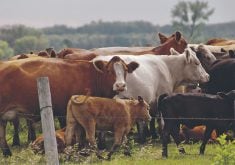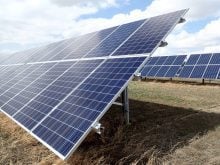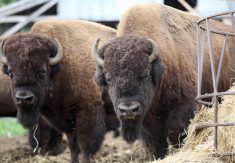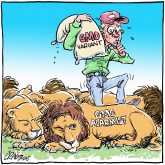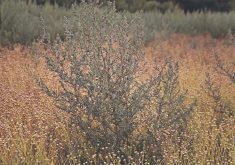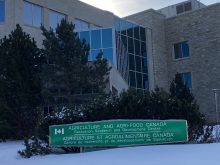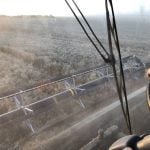THERE is only one potential downside to last week’s announcement that the Americans are beginning another 30-day comment period on whether and how the border should be opened to Canadian cattle.
It is the danger of over-optimism on the Canadian side.
The typical reaction by media, industry and government was that this is the final step before a spring border opening.
Federal agriculture minister Bob Speller, supported by cattle industry leaders, insists that once the 30-day consultation is over, the United States will have no option but to open the border.
Read Also
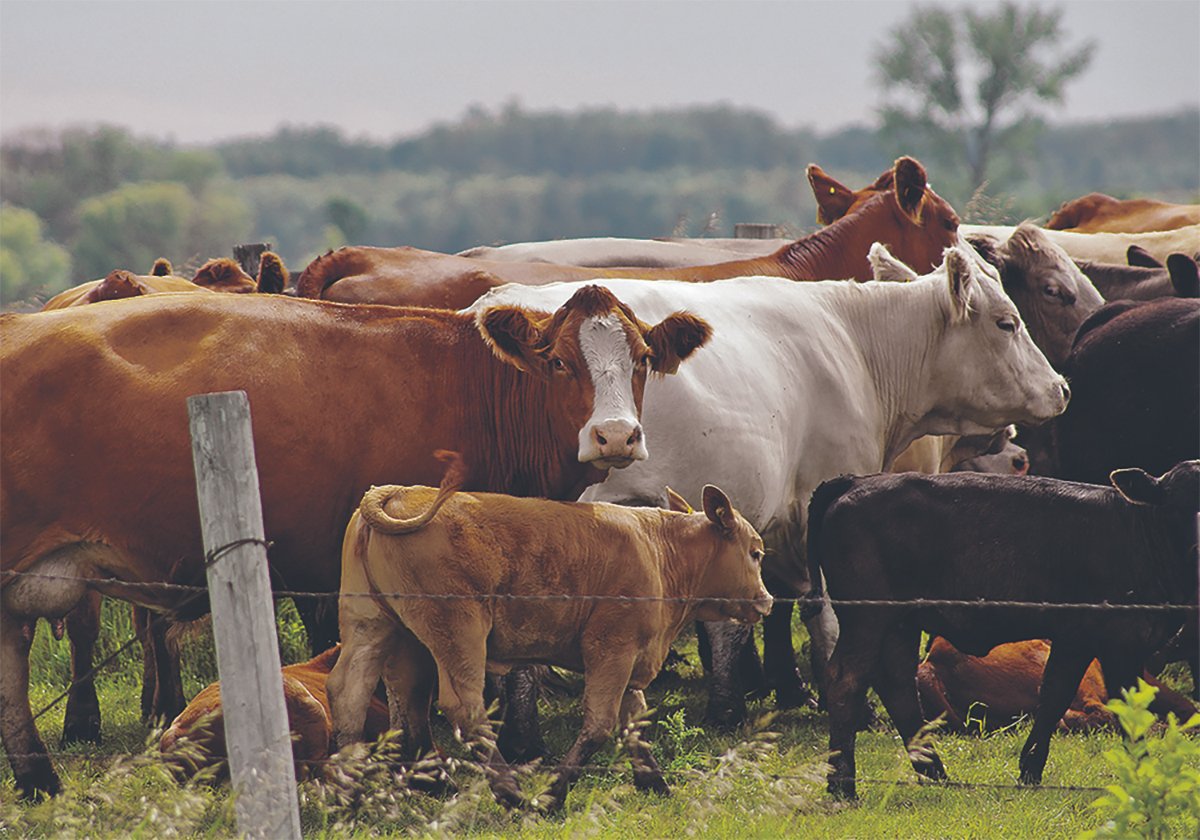
High prices see cow-calf producers rushing to incorporate
Farm accountants are reporting a steady stream of cow-calf producers rushing to get their operations incorporated ahead of selling their calves this fall.
“The science is clear,” he has said. “Once the comment period is over, there will be no justification for keeping the border closed. I expect it will open.”
Cattle industry leaders say the same, at least for public consumption.
In an interview last week, Nova Scotia agriculture department economist Dave Robinson said that during recent meetings in Washington with state and federal officials, he became convinced the Americans want to open the border and will do so as quickly as possible.
“I really got the sense that it is going to happen,” he said.
This is a parade of optimism that no one really wants to rain on but it also is important to keep some context.
The United States Department of Agriculture launched the public consultation because the law requires that it happen.
The consultation period in no way indicates an American decision to open the border. Depiction of the comment period as a time to assess how, rather than whether, to open the border this summer is a stretch.
This is a process that involves the American agriculture department drafting proposals on possible border rules, as the law requires, and then opening the floodgates for industry comment.
It does not mean the border will open once the comment period ends April 7. The department will analyze the responses and there is no time limit on its decision.
Despite Speller’s insistence that science and health issues are on Canada’s side, the USDA will not hear a uniform plea for an open border because it is the right thing to do.
It will hear conflicting advice from protectionist cattle interests, feedlot owners who want Canadian stock, packers who would like Canadian supplies and cattle producers who are enjoying high prices because of a lack of import competition and who may not want to undermine that happy reality.
Then, with a lack of scientific or industry consensus, the decision likely will become political and the governing Republicans, looking at a tight November election, will analyze which cattle states they need to win that would be hurt by an influx of Canadian competition.
This is not to say that a spring border opening will not be announced. It is to say that industry players should not bank on it.
Last fall, many feedlot owners assumed a winter opening and bought feeder stock.
The December discovery of BSE in Washington state via Alberta ended that hope.
But it is na•ve to imagine that without the December discovery, the border was certain to open. It was not. Wishes aside, Washington politics play as big a role in this as science. Get used to it.


